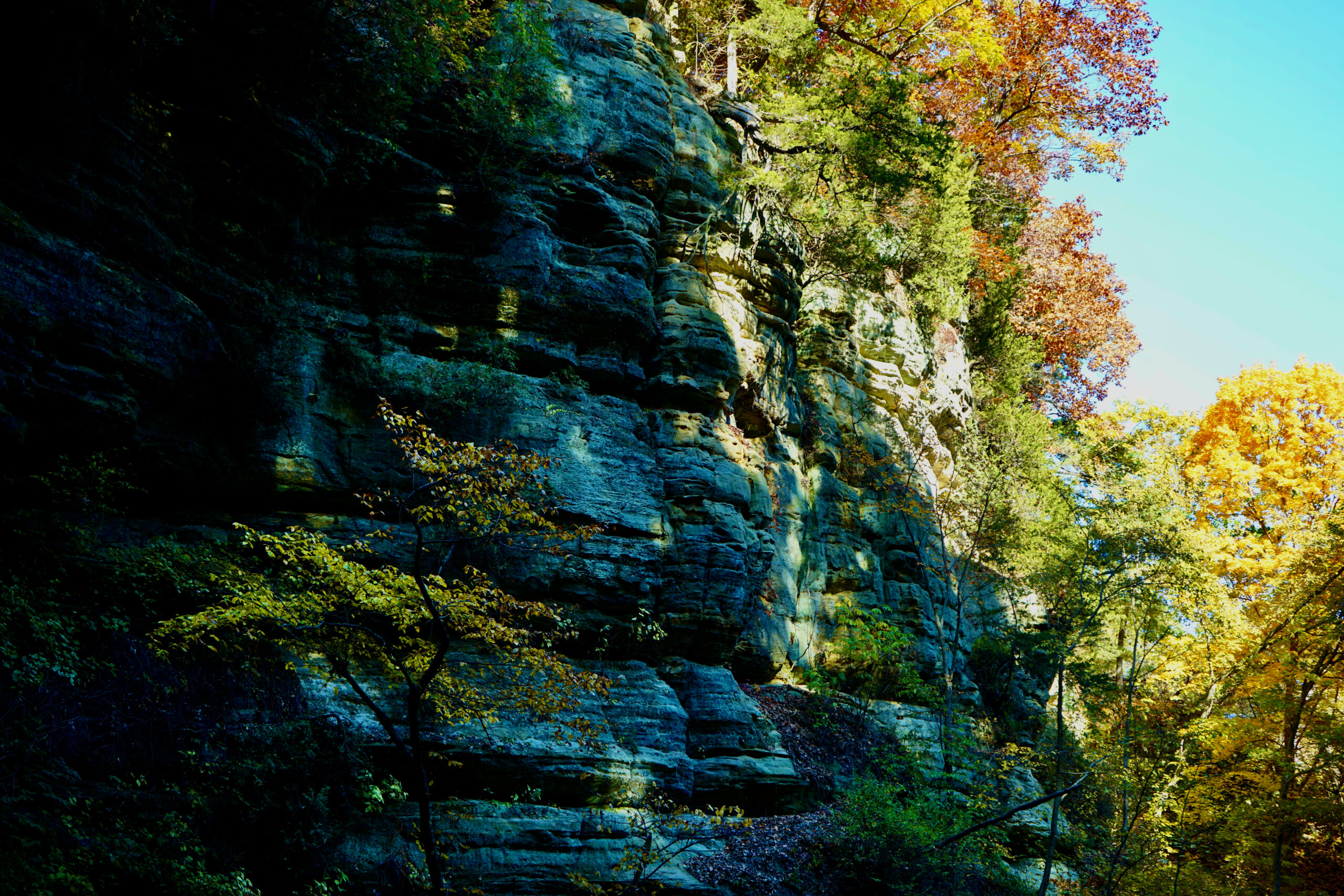As you move along your martial art journey, your path may take you to different dojangs with different floors than what you may typically be used to training on. I started training in the aerobics room on my college campus, so I was used to training on hardwood floors until I moved to Chicago. The transition to rubber mats was a fundamental shift in how I executed my techniques, as the texture and stickiness of the mats provided very different feedback vs. the wooden floors I was accustomed to. Also what you wear on your feet can also affect how you train as well, and below I will provide a quick highlight on what to expect and how you can prepare to train on each floor and with each footwear.
Hard wood floors
Aerobics rooms, gymnasiums, basketball courts, or even someone’s deck can provide this type of training space. Bamboo is not included in this since their elasticity provides a very different training experience compared to hardwood flooring. Training on these floors for 1-2 hours per session and a couple times a week should help healthy calluses on the feet, but any longer training periods (or a whole weekend spent on these floors) will definitely result in blisters and bleeding for all except the most hardened feet. If participating in extended training sessions on hardwood floors, then I would recommend wearing shoes or at the very least taping your feet to prevent blistering.
Grass/dirt
Mother nature can provide a very foot-friendly surface, and some may even find it soothing to feel the earth beneath their feet. Assuming that it hasn’t rained for a few days then the ground should provide a solid surface on which you can do your training. If the sensation of dirt and the prospect of insects crawling all over you gives you pause, then wearing shoes/sandals is an option, although you do lose quite a bit of the textural info of the ground you’re on. Also if the ground is wet it might actually be harder to move with shoes vs. without shoes. I would definitely recommend having either a 2nd pair of shoes and socks prepared if you expect inclement weather. Also extra uniforms are recommended if you expect to do any takedowns.
Asphalt
This surface can provide a very even, flat surface to train on. Since it’s very commonly used in parking lots, there is plenty of training space and room to practice big forms, weapons, etc. However, there are two big cons to asphalt: it tends to leave a black powdery residue on the feet and uniforms that need to be washed out, and on sunny days the surface temperatures can be intolerable to dangerous. Foot wear is definitely recommended on sunny days, and even in overcast conditions be wary of any heat that is retained in the surface.
Mats (synthetic rubber/foam)
Many modern dojangs have mats of some kind (whether it’s blocks or puzzle mats), which provides a firm but pliable surface that provides a consistent experience no matter the conditions. Unlike hardwood floors, you can train for extended periods and not suffer from blisters or bleeding, and you can practice takedowns with more force without fear of injury. Shoes on the mat can be tricky, and depending on the texture of your footwear you may have either extra grip or a very loose grip, which will affect how you execute your techniques.
This list is by no means exhaustive, but it should provide a short summary of the training conditions you can encounter in your martial arts journey. What training floor do you prefer, or which training floor was the most unique for you?




